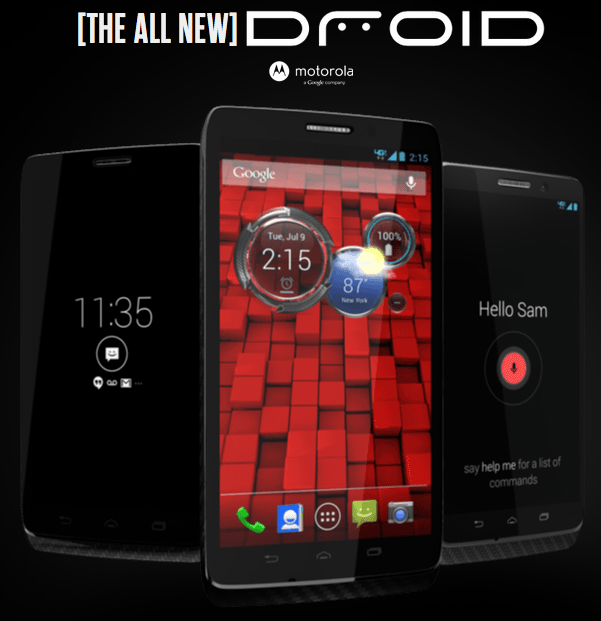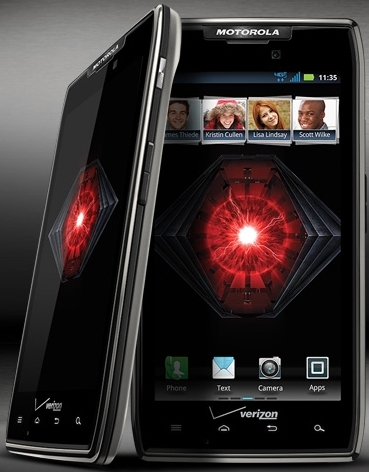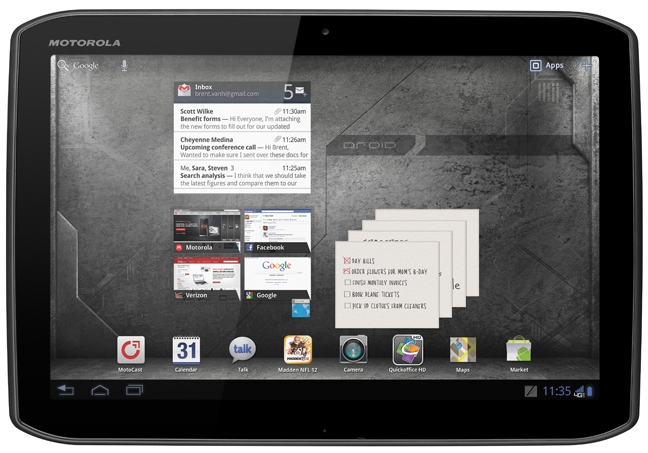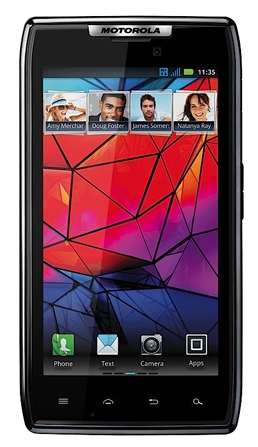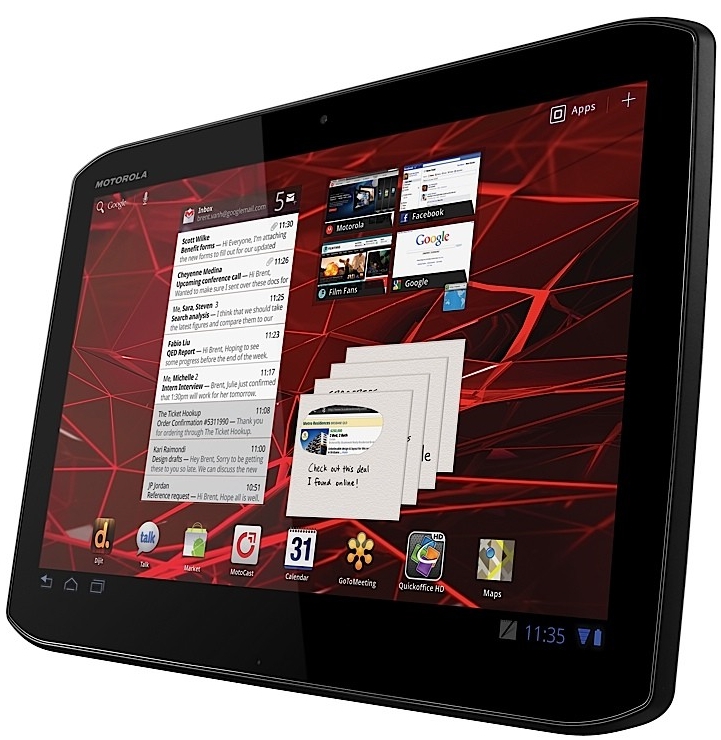
On top of the three new Droids detailed last week, Motorola–a Google company!–dropped another new smartphone into consumers’ laps. While the 2013 Droids are Verizon Wireless exclusives, the newly announced Moto X is coming to all major U.S. carriers. What also sets the Moto X apart from its cousins is that it’s highly customizable in the looks department. Motorola is developing a website called Moto Maker that will allow customers to personalize their handsets before ordering them. Specifically, prospective buyers will be able to select from a wide range of colors to paint the back plate and accents of the phone; Moto claims over 2,000 combinations are possible. The front plate, meanwhile, can be made black or white. Additionally you can add a signature to the back of the device. Internally, you can customize the memory (16GB or 32GB) and even set a personal wake-up message and wallpaper before it ships to your door. Before checkout, you can also choose a case, matching headphones by Sol Republic, and a wall charger featuring two USB ports to boot.
Sadly, yes, there is one catch. All of this exciting customization (as well as the option to upgrade memory to 32GB) through Moto Maker is exclusive to AT&T customers. Verizon Wireless, Sprint, T-Mobile, and US Cellular customers will have to choose from a stock black or white handset. Lame! Since Moto X’s specs and Android functionalities are so similar to that of the 2013 Droids’, the Moto Maker personalization is this device’s major selling point. The fact that it won’t be available to all carriers is downright disappointing.
The Moto X sports a 4.7 inch AMOLED 720p (316 ppi) display and is powered by Android 4.2.2 running on Motorola’s X8 mobile computing system. There’s a 10MP shooter on the rear and a 2MP front-facing one and they both support 1080p video capture. A 2200mAh battery promises “mixed usage” up to 24 hours. The most fascinating bit about the Moto X’s design is that it’s the first smartphone to be wholly manufactured in the United States. After you customize your phone through Moto Maker, it will be shipped to you within four days direct from an assembly line in Ft. Worth, Texas.
Software-wise, the latest version of Android Jelly Bean brings the following to Moto X: Touchless Control (say “Ok Google Now…” to wake up the device and perform a function), Active Display (the device will intermittently reveal important information (i.e. the time, new notifications) without you having to press to the wake up button), and Quick Capture (with two twists of your wrist you can access the camera to shoot stills or video).
Moto X is coming to the US, Canada, and Latin America in late August/early September at $199. AT&T subscribers can upgrade to a 32GB model for an extra $50. Click after the break to watch the Moto Maker experience and see the Moto X in action. Continue reading Meet Moto X, the smartphone designed by you and assembled in the USA
